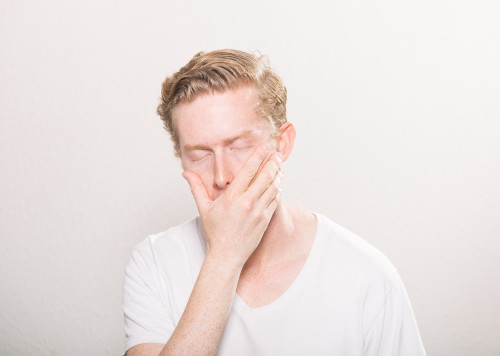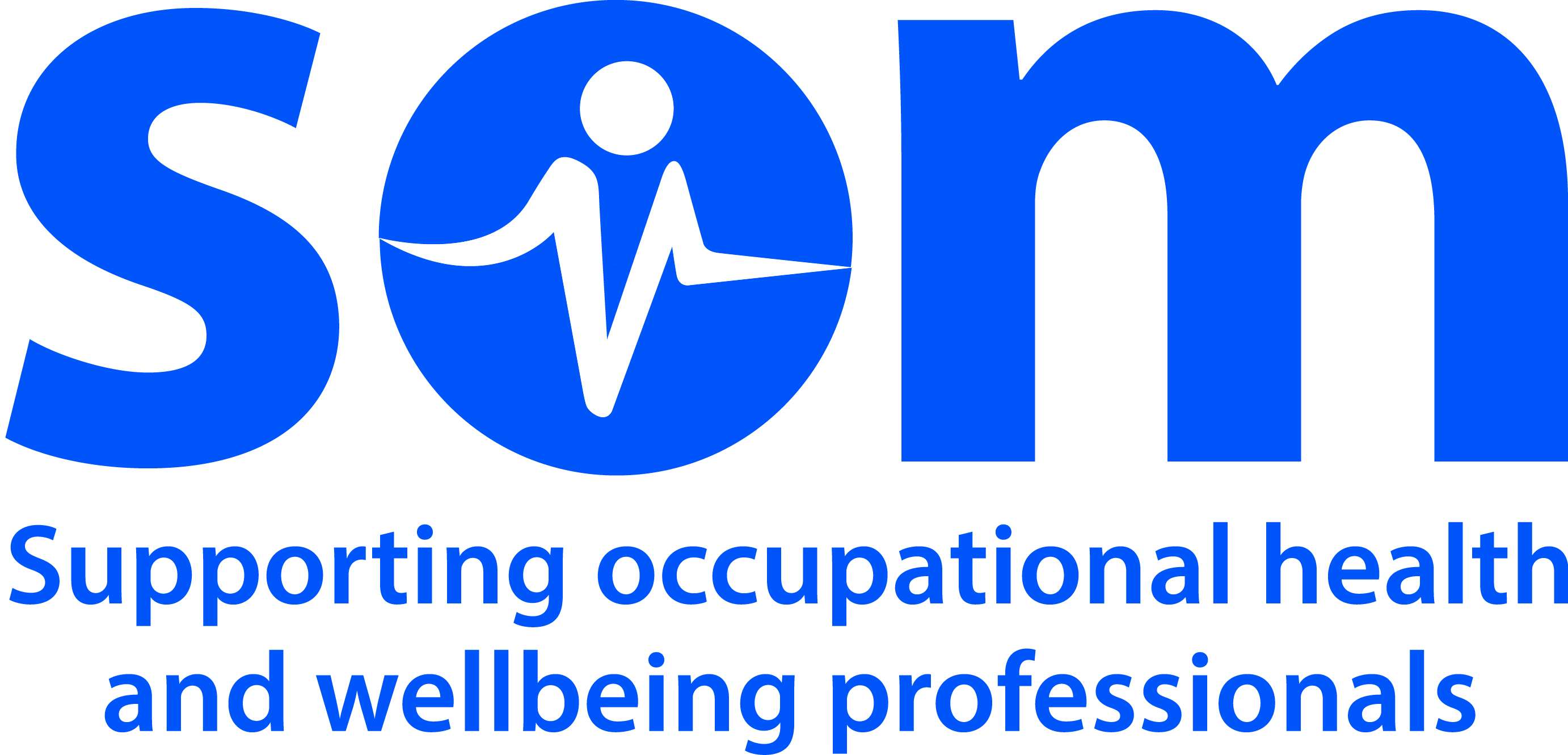Sick building syndrome

Occupational Health Considerations
Sick building syndrome (SBS) is not well understood but the OH clinician will be likely to encounter a complaint of this illness during their career. Employees can complain about irritating symptoms such as headaches, runny nose, sore throat lethargy and itching, more sick leave, performing badly and general work dissatisfaction.
The main symptoms associated with
Sick Building Syndrome are:
headaches, lethargy, irritability, or poor concentration.
itchy skin or skin rash;
itchy eyes, or throat;
stuffy or runny nose;
resulting in :-
poor morale
increased absenteeism and staff turnover;
reduced staff performance
SBS has also been used to describe staff concerns in older buildings with maldesigned building airflows or inadequate maintenance.Certain symptoms tend to increase in severity with the time people spend in the building; often improving over time or even disappearing when people are away from the building.
Exposure to aerosols has been documented to give rise to a variety of adverse health effects. Building occupants complain of symptoms such as sensory irritation of the eyes, nose, or throat; neurotoxic or general health problems; skin irritation; nonspecific hypersensitivity reactions; recurrent respiratory infections and odour and taste sensations. Exposure to poor lighting conditions leads to malaise.
Extrinsic allergic alveolitis has been associated with the presence of damp substrates and fungi and bacteria in the moist air of residential houses and commercial offices.
The WHO has classified the reported symptoms into broad categories, including: eye, nose, and throat irritation, headaches, fatigue, and irritability, chest tightness and wheezing, skin dryness and irritation, gastrointestinal complaints and more.
Several sick occupants may report individual symptoms which do not appear to be connected. The key to discovery is the increased incidence of illnesses in general with onset or exacerbation within a fairly close time frame usually within a period of weeks.
Clinical Aspects
Some people are more allergic to mould and dust, so symptoms can be highly variable between employees in identical environments. This can commonly be poorly understood by management.
Inadequate ventilation will exacerbate symptoms caused by known offenders like VOCs and exhaust fumes
Common products such as paint, VOCs and exhaust can be trapped by AC systems: the overall oxygenation ratio drops and becomes harmful. C02 levels can rise. CO can enter the building through air intakes reducing 02 concentrations.
Mould spores and pollen all cause allergic reactions or illness described as SBS.
Temperature: A building may take a while to adjust to compensate for outside temperature and heat up or cool down inappropriately.
Psychsocial :-
Greater effects occur in roles with high job demands and low support.
Excessive work stress or dissatisfaction, poor interpersonal relationships and poor communication are often seen to be associated with SBS often with synergistic effect with non -psychosocial factors.
Specific careers are also associated with specific SBS symptoms. Transport, communication, healthcare, and social workers have highest prevalence of general symptoms. Skin symptoms such as eczema, itching, and rashes on hands and face are associated with technical work. Forestry, agriculture, and sales workers have the lowest rates of sick building syndrome symptoms.
Advice to management
It is important that management are SEEN to take concerns seriously as failure to do so may be interpreted as poor support and exacerbate the problem.
A reasonable order of priorities for investigation would be:
Look for the obvious (eg faulty ventilation, excessive sunlight)
Check the symptoms (eg all respiratory?)
Ask the staff what the problems are (most important!)
Check procedures and working practices are being adhered to or require modification
Ask the staff :-
What are the symptoms? How frequently, and at what time of day, do they appear? How long have they been going on? Do they go away after leaving the building?
A group of experts working with the Royal Society of Health has designed a questionnaire specifically for this purpose (there are others too).
Some specific recommendations:-
Tidy offices
Only using paints, adhesives, solvents in well-ventilated areas or during periods of non-occupancy (eg weekend)
Proper and frequent maintenance of AC systems. Increased ventilation rates that are above the minimum guidelines
Regular inspections to indicate for presence of mould or other toxins
Reduced time in the building
UV-C light in the AC units
Vacuum keyboards using special tool for the purpose
Installation of AC air cleaning systems or devices to remove VOCs and people odours
Adequate maintenance of all building mechanical systems
Regular vacuuming with a HEPA filter vacuum cleaner
Replacing current office printers with lower emission rate printers (ozone control)
Toxin-absorbing plants, such as sansevieria
My reflection

